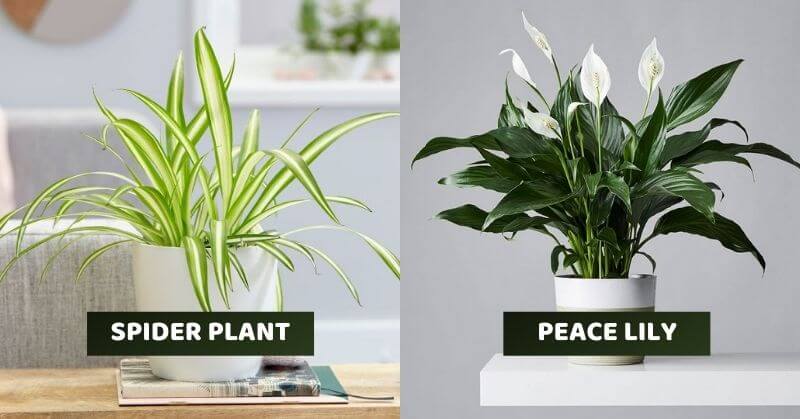During this coronavirus pandemic, everyone is struggling to stay healthy. Everyone is confined in their homes to stay away from the pandemic. Indoor plants are a lifesaver in this pandemic. These plants purify indoor air and remove toxins. Here are a few common and readily available indoor plants that help us fight against rising air pollution. NASA scientists find these helpful in absorbing potentially harmful gases and cleaning the air inside homes, offices, and public places. The indoor pollutants that affect health are formaldehyde, benzene and trichloroethylene or TCE, carbon monoxide, nitrogen oxides. These pollutants contribute to symptoms like headache, fatigue and may cause allergy. Through study, NASA scientists have identified some indoor plants that remove many of the pollutants and gases.
1. Snake Plant (Sansevieria)
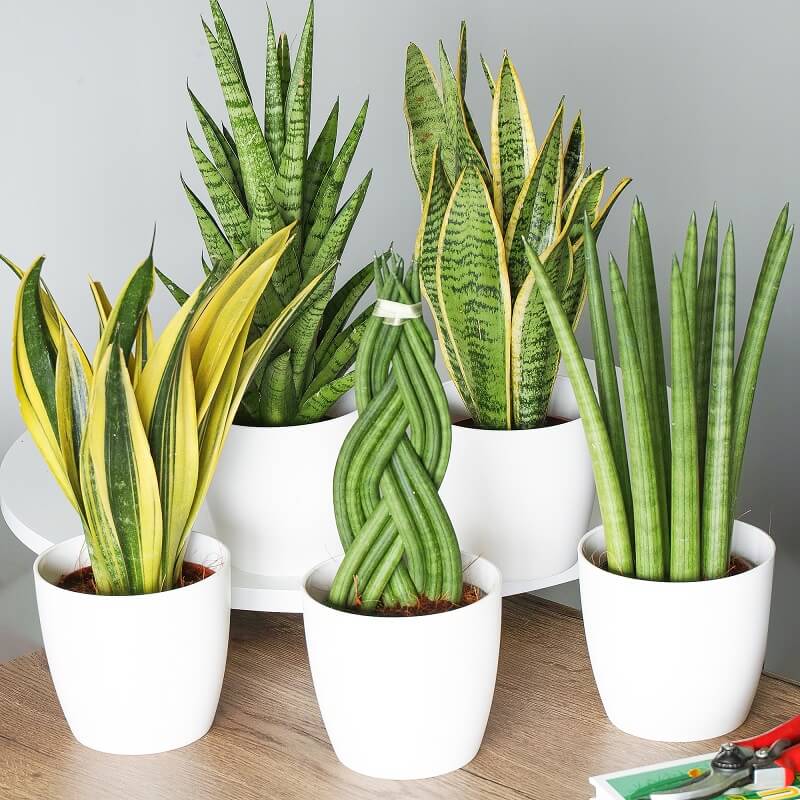
Snake plant is also called ‘Mother-in-law tongue’ and ‘Devil’s tongue.’ As a house plant, it is the best choice for beginners. It does it best in bright light as well as in low light. It is another excellent example of a houseplant that cleans the air. Snake plant almost cleans every type of toxins.
How to care: In summers, water every 10-15 days, and in winters, water it once a month. Add fertilizer every 2-3 months.
2. Areca Palm (Chrysalidocarpus Lutescens)
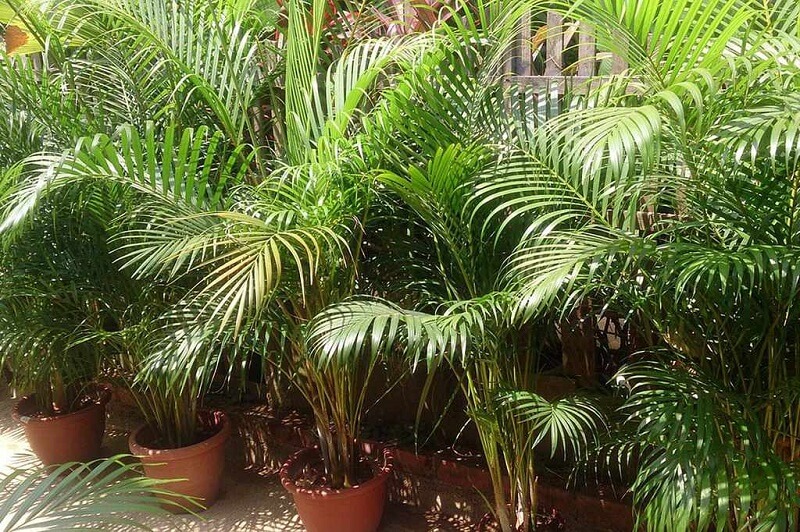
Areca palm removed more toluene and xylene than any other plant. Toluene is toxic that also includes formaldehyde and dibutyl phthalate. These are hazardous to human health. Areca palm also emits a large amount of water vapor which is good for locations with dry air.
How to care: Ensure good potting soil. Fertilize your plant at a two-month interval. Water enough to keep the soil damp. Avoid over-watering.
3. Lady Palm (Rhapis Excelsa)
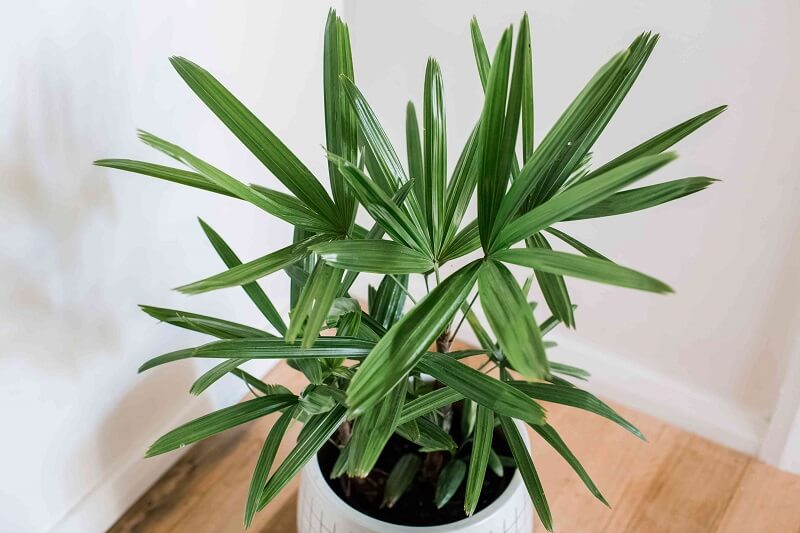
Lady palm is one of the easiest plants to grow. It is a durable plant; not much care is needed. It adapts well to most interiors. It can adjust to semi- sunlight areas with a temperature of 60-70 F. Lady palm is a slow-growing plant. It removes toxins like dibutyl phthalate and formaldehyde.
How to care: Feed monthly with liquid fertilizer. Water it when the soil feels dry to touch.
4. Rubber Plant (Ficus Robusta)
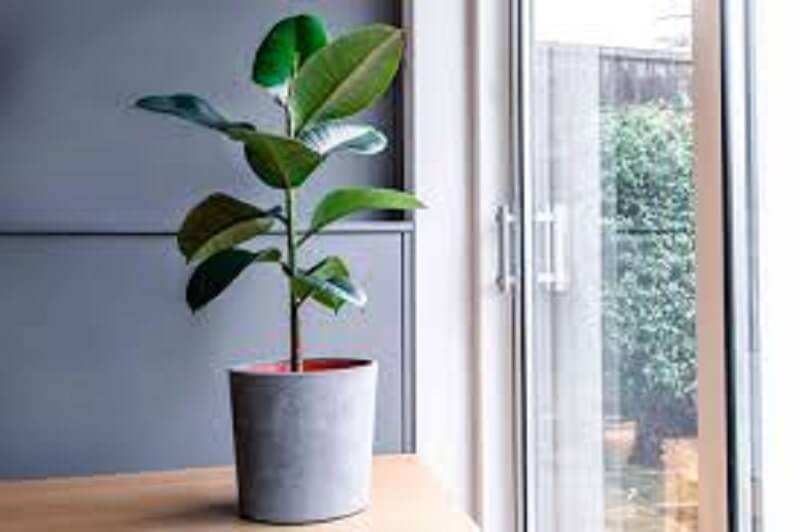
The rubber plant is especially effective in removing formaldehyde from indoor air. The plant grows very well inside and tolerates temperatures as low as 40 degrees F for a short period. Its ideal temperature range is 60- 80 degrees F. It can handle highly dim lighting, making them suitable for indoor areas.
How to care: During the summer months’ feed regularly with diluted liquid fertilizer. It should be watered thoroughly from mid-summer to fall. Allow the soil to dry between watering. In winters, keep slightly moist. Don’t overwater this plant; otherwise, it will die.
5. Dracaena ‘Janet Craig’ (Dracaena Deremensis)

Dracaena is rated one of the best plants for removing trichloroethylene from the air. It is one of the easiest houseplants to grow. It can live for decades if properly maintained.
How to care: It is one of the best plants to place in indirect sunlight or semi-shade area. They can also adapt to low light levels if the watering is reduced. Keep the soil dry by watering. Never let it get soggy. Feed with fertilizer every month.


